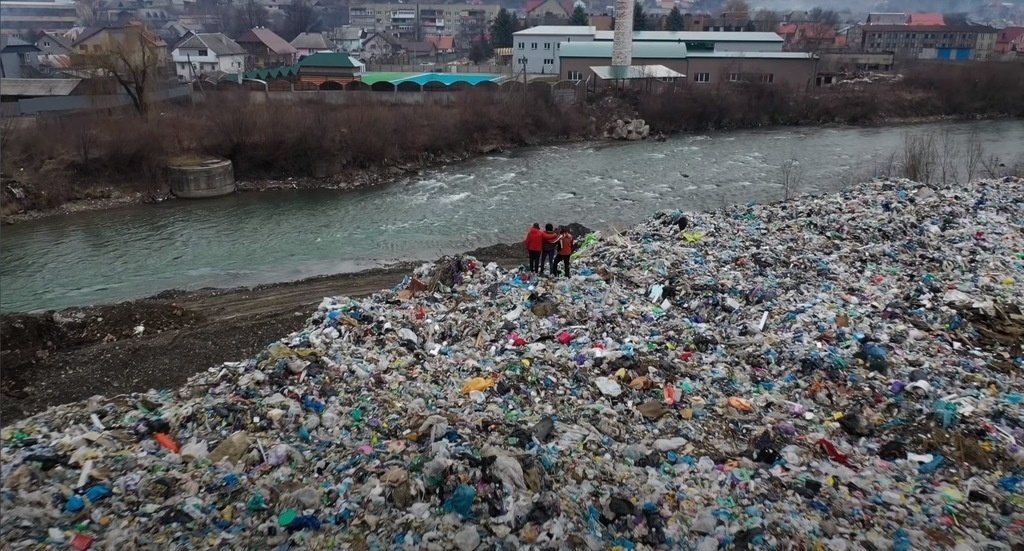All Hungarian rivers are full of microplastics

Laura Jurecska, an environmental chemist, presented how much microplastics there are in Hungarian waters.
A microplastic is a piece of less than 5 millimetres that is either already manufactured in this size or created by the destruction of a larger product. These contaminants are everywhere, in soil, air, and water, writes 24.hu.
Their effects are not yet known exactly; they are likely to pose a risk.
Laura Jurecska, an environmental chemist and an employee of the Department of Microbiology at the Faculty of Science of the Hungarian Eötvös Loránd University, talked about the microplastic contamination of Hungarian waters. An international study has shown that anyone who consumes only bottled beverages feeds 90,000 microplastic particles to their body each year. Anyone who consumes only tap water consumes only 4,000 pieces of plastic per year.
Most of the microplastics are excreted in the faeces. However, 10 per cent of microplastics are absorbed in the body and can cause inflammation. In general, the larger the amount of plastic we consume, the more likely it is to be excreted from our body.
Budapest raised the level of microplastic pollution on the Danube by a fifth.
This can be established from a 2018 Hungarian study and an Austrian one that measured the amount of microplastics in the Danube. This is also an important result because the Danube is one of the main sources of drinking water in Budapest. The water of the Danube passes through sandy, gravelly layers, during which it is cleaned. The cleansing effects of its bacterial community also contribute to this, so the drinking water base of the Hungarian capital is not endangered.
The situation of the second-largest river in Hungary, the Tisza, is even worse. According to some calculations, millions of pieces of microplastic float across the Tisza every hour. According to Laura Jurecska, it would be important to conduct a comprehensive study. In this, not only the current pollution should be observed but also the processes of possible changes. Jurecska adds that although there are large amounts of microplastics in every Hungarian body of water, none of them reaches the risky level.
- Hungarian startup to help to protect our environment with plastic clever cups
- Greenpeace: new research shows that water in Hungary is polluted with microplastics
Source: 24.hu


If you knew what is in the Balaton you would never swim in it or eat fish caught in it. Unless you have a death wish.